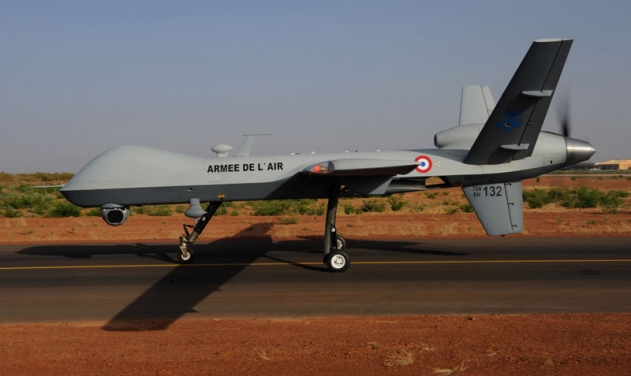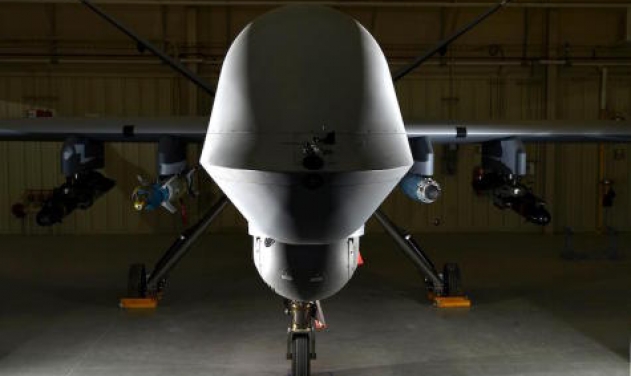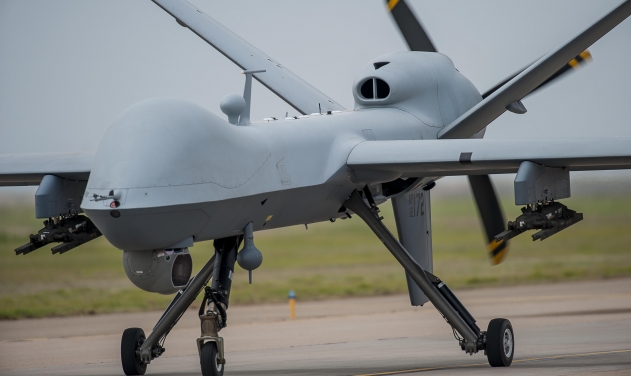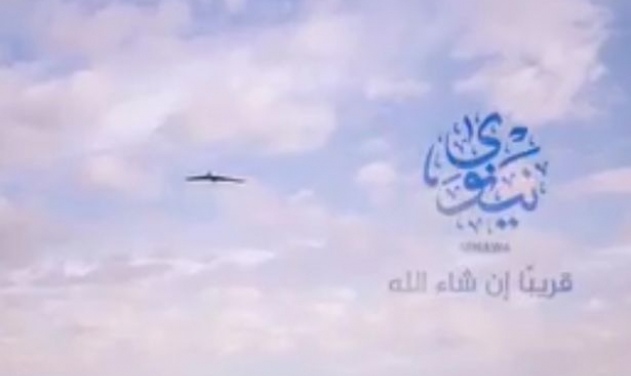French Air Force Conducts First MQ-9 Reaper UAS Flight

French Air Force’s MQ-9 Reaper unmanned aircraft has marked its first flight Tuesday after taking off from Cognac air base.
The flight in French airspace has demonstrated that the air force can autonomously train its Reaper crews, helping it to stop becoming dependent on third-party support, French Air Force announced Thursday.
During 5 hours and 10 minutes, one of Drone Squadron 1/33 "Belfort’s" unmanned aircraft flew around the airspace north of the base, where it has been stationed for just a few weeks.
The objective of the flight was to test the operation of the aircraft and of its two operator cabins (calibration of emergency parameters, verification of satellite links, etc.) and to extend LRE (Launch and Recovery Element) qualifications to land the Reaper.
Having attained these objectives, "Belfort" squadron will now be able to operate the Reaper over metropolitan France on a daily basis, and thus giving the Air Force the increased autonomy of being able to train its own crews.
By 2019, the Drone Squadron 1/33 will have twelve aircraft, operated by 30 crews.
Six aircraft are now operational at 1/33 "Belfort". The other five aircraft in the fleet are positioned at the expeditionary air base in Niamey, Niger. They provide intelligence and support capabilities to Operation Barkhane, but also to the Special Forces.
Since their involvement in the Sub-Saharan Band began in January 2014, they have already completed over 15,000 flying hours.
The next few days will be busy for Reaper crews stationed in Cognac. Numerous missions are already noted in their shelves, starting with their participation in the particular air security system (DPSA) of the 14 July military parade in Paris.
The drones, which have been heavily used in BSS, have logged nearly 3,000 flight hours since the beginning of 2017. Their activity has been steadily increasing since 2014. They are essential tools for the conduct of today's military operations.
Their technical specificities, and in particular their endurance, make them essential tools for providing aerial surveillance over the operations area.
Providing a broad spectrum of missions ranging from intelligence to target designation, UAVs provide long-distance and persistent aerial support, and transmit real-time data to the command center.













